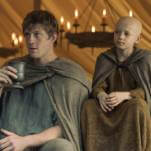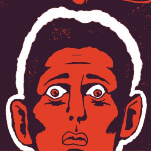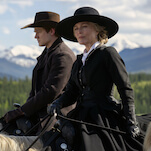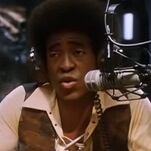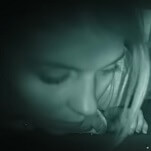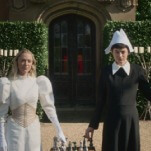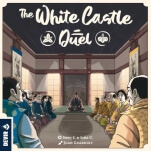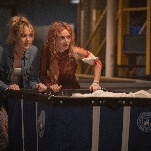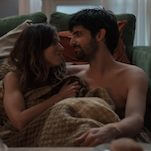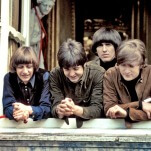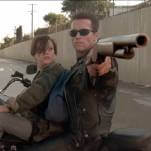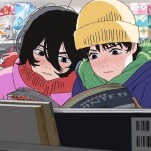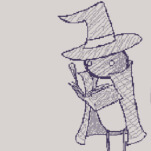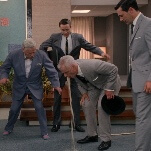Not a shred of human decency is on display in The Notebook, a handsomely made, hard-to-endure World War II parable set in an unnamed Hungarian backwater during the Nazi occupation of 1944. Left by their mother (Gyöngyvér Bognár) to wait out the war on the outskirts of town, a pair of 13-year-old twins (László and András Gyémánt) must adjust to life with their grandmother (Piroska Molnár), a scowling, rotund woman known to everyone as “the Witch.” In short order, the boys make a pact to desensitize themselves to their unforgiving environment, toughening up by beating and cursing each other, systematically killing insects, and refusing food for days at a time. They chronicle their progress in a journal given to them by their soldier father (Ulrich Matthes), who has urged them to spare no detail in documenting their particular wartime experience. Director János Szász, who also adapted Agota Kristof’s 1986 novel with cowriter András Szekér, uses the notebook as a structuring device, with each successive scene along the timeline demonstrating what seems to be a new extreme of deprivation or depravity.
The Notebook was Hungary’s official submission to the Oscars in the foreign-language category, but the film consistently has more in common with a gallery-of-shocks war picture like Elem Klimov’s (far superior) Come And See than the Holocaust tearjerkers that typically catch the Academy’s attention. The photography, by Michael Haneke collaborator Christian Berger, ably establishes an atmosphere of muck and menace, from which the film will offer no reprieve. The boys’-eye-view perspective allows for a matter-of-fact introduction of the concentration camp on the other side of the fence, but most of the horrors here occur on a more intimate scale. Stray corpses litter the landscape, and there’s ample evidence as well that sexual predation has flourished under Nazi rule. A neighbor of the twins, whom the boys call Harelip (no one here gets called by an actual name), tells them that the local deacon paid to see her “hole,” and the siblings, newly remorseless, go on to blackmail the man of the cloth. (Meanwhile, the boys themselves attract the prurient interest of a pro-Nazi maid.) And the person with the greatest interest in the children’s safety appears to be a German officer (Ulrich Thomsen) who admires their discipline.
The last third of The Notebook takes place after the war’s end, but the misery doesn’t cease after liberation, and the movie continues following its protagonists on their way to becoming dead-eyed, cold-blooded survivors, reliant only on each other. Unfortunately, Szász wrings very little drama from this particular arc. The boys’ notebook—which is also an important visual element in the film, filled as it is with collages both fantastical and gruesome—suggests that overcoming the cruelty around them is itself a torturous process, but none of this is evident, even as an undercurrent, in the Gyémánts’ blank performances. Neither does the movie, with its cast of uniformly corrupt characters, exhibit much interest in moral philosophical shadings. Instead, Szász stays mostly on the brutal surface, delivering a simple tale of a nightmare coming of age that feels all too bloodless.


